We photographers like to work early and late in the day. For many people, getting up early – really early – is difficult (to say the least!). Luckily, I’m pretty much a morning type person. As far as I’m concerned, 9:00 PM is almost the middle of the night.
Here are three frames, taken a week ago, at about 5:00 AM. These are from a small lake I’ve been working. All three frames were shot from the same location, with my Nikon D4 handheld at ISO 1600, and the new Nikon 80-400mm lens. Just in passing, I’m very impressed with this lens, to the point that I’m thinking about selling my Nikon 200-400mm f/4 if anyone’s interested.

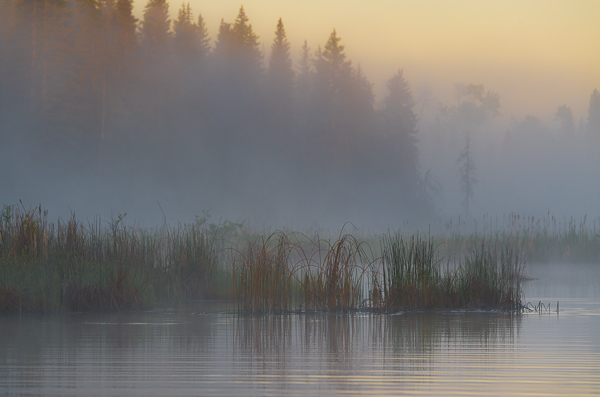
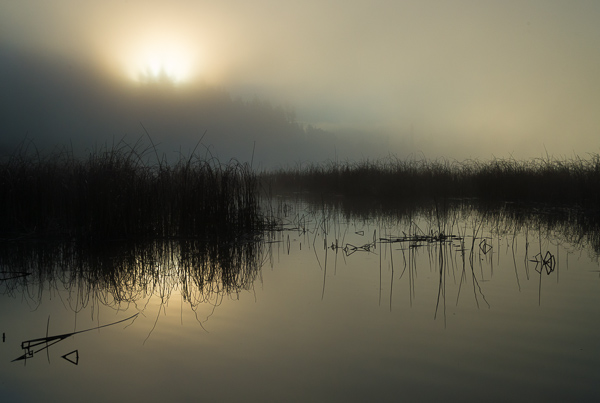
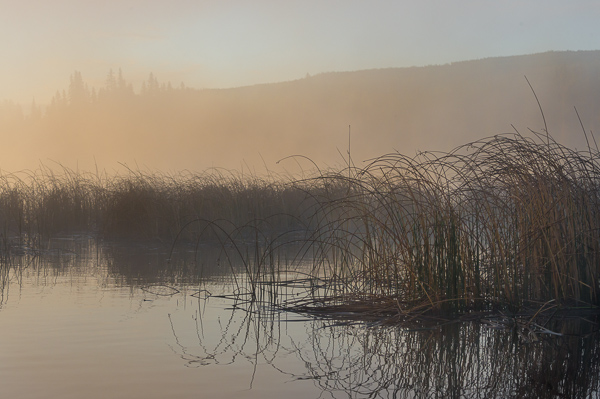
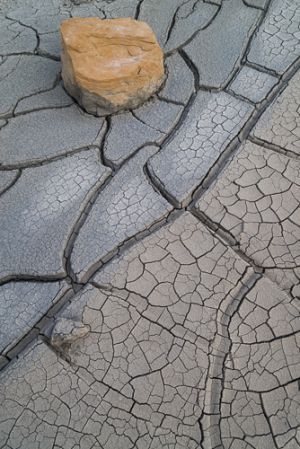
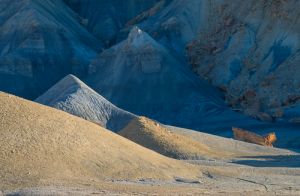
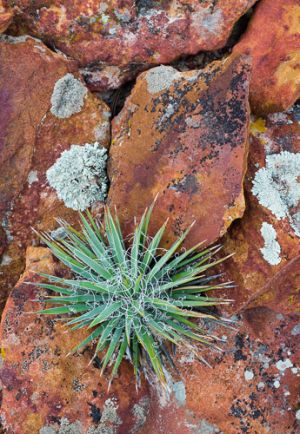
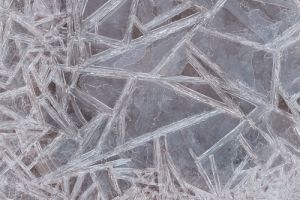
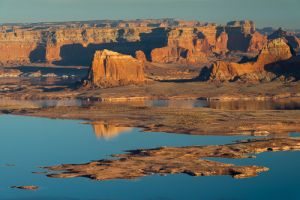
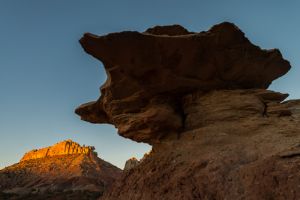
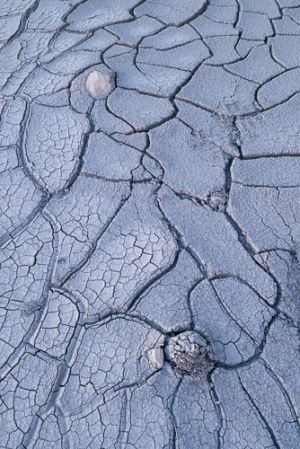
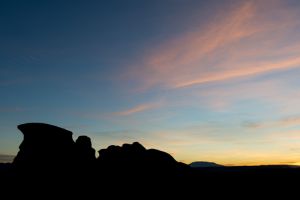
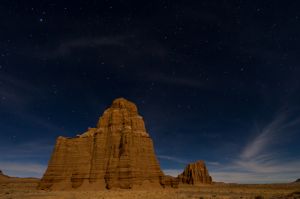
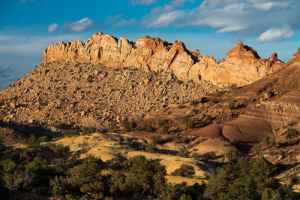
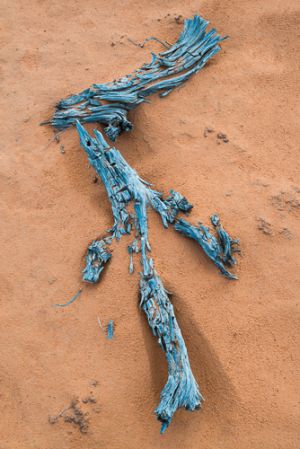
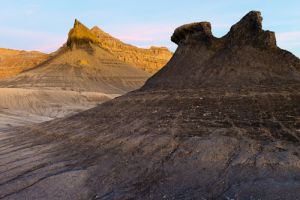
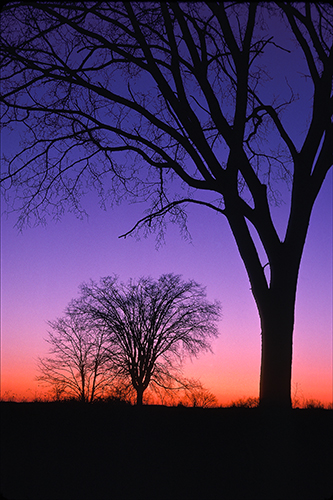
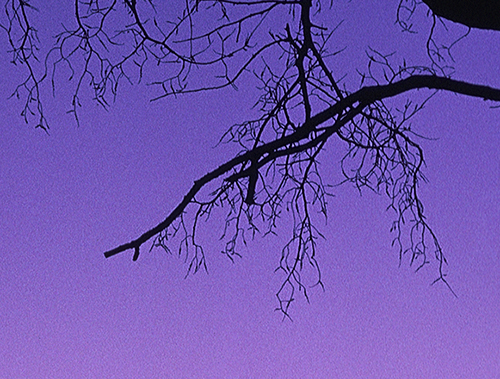
MAKING CHANGES
In a recent discussion with three other photographers, I commented that I’m constantly changing how my cameras function, depending on my subject matter at any one particular moment. I was rather surprised when the others responded that they never did this. All three said the only change their ever made was to the ISO in use.
To be honest, I was rather shocked. Was I really the odd man out here?
So what changes do I make? (Some of my answers are specific to my Nikons.)
So what do you do?